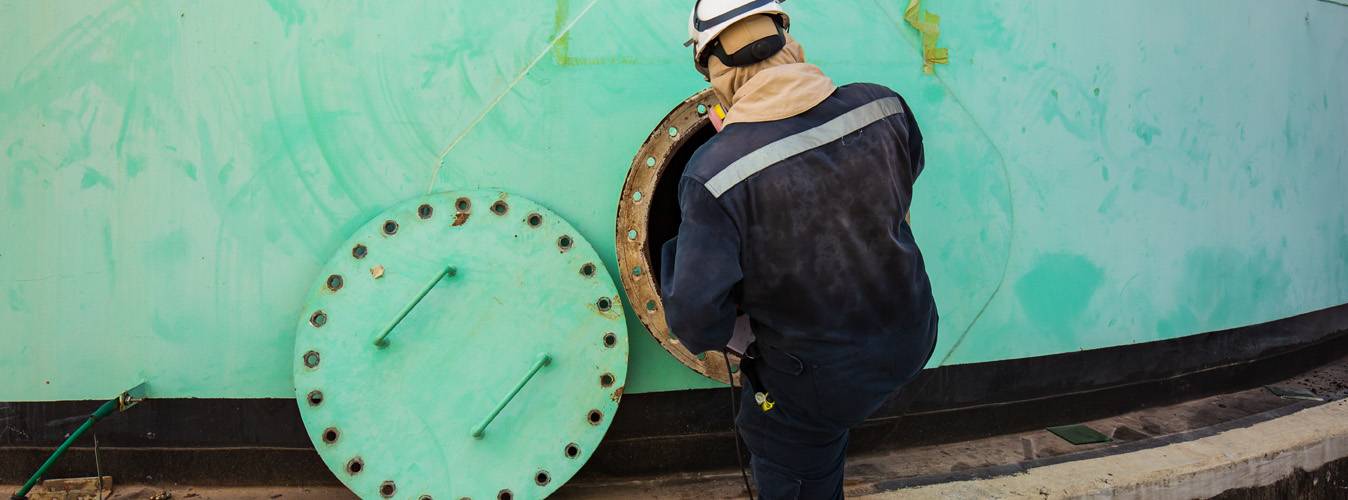Essential Guide to Enclosed Spaces for Ship Safety

Mitigating the Risks
Seafarers are exposed to numerous operational risks whilst on-board ship and one, in particular, continues to claim the lives of seafarers and port workers every year – namely entry into enclosed spaces (EES). These can include examples like cargo spaces, fuel tanks, ballast tanks and void spaces.
Limited ingress/ egress routes, poor illumination and inadequate ventilation all pose serious hazards. This is because the atmosphere may be oxygen-deficient or contain flammable and/or toxic gases or vapours. Occupational health and safety risks are exacerbated by possible exposure to extreme temperatures, crush injuries, etc.
Concern for crew
Such hazards are well known to the shipping industry. InterManager notes that 186 seafarers and 70 stevedores have perished in an EES since 1999, even as the number of incidents continue to be under-reported.
Regulations do exist to help minimise incidents: SOLAS vessels are required to detail how entry into an EES will be conducted in their Safety Management System (SMS). In addition, IMO has adopted two resolutions containing Recommendations for Entering Enclosed Spaces Aboard Ships (in 1997 and 2011 respectively). The adoption of Resolution A.1050(27), 2011, based on lessons learned over the preceding 14 years, was an important step.
However, despite the regulations, guidelines and training programmes, EES’s continue to claim lives, with recurring issues for seafarers including:
- discrepancies between EES procedures
- different interpretations of SMS requirements
- overly-complicated manuals rather than simple diagrams and intuitive procedural steps
- the absence of fail-safe measures which prevent access until a space is deemed safe.

Management of Enclosed Spaces
Our eLearning title will ensure that your crew are aware of the requirements to:
- Ensure that all enclosed spaces onboard ship are marked as such
- Be aware of the additional guidelines for enclosed spaces in ISGOTT which are not currently included in SOLAS
- Control access to enclosed spaces at all times
- Ensure that entry to enclosed spaces is only made when absolutely necessary